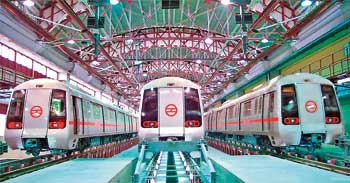07 Aug 2012 - {{hitsCtrl.values.hits}}
 The optimistic outlook is based on favorable trends, including improved governance, the demographic dividend, the rise of the middle class, and the new faces of globalization.
The optimistic outlook is based on favorable trends, including improved governance, the demographic dividend, the rise of the middle class, and the new faces of globalization. Growth could be derailed by spatial transformations, poor infrastructure, lack of entrepreneurship, deep pockets of poverty, large informal sectors, huge social and gender disparities or high levels of conflict in the region. Rapid growth has produced billionaires in India. However, the broad character of the region remains agrarian and rural. Industries and services can still rapidly pull the underemployed workers in agriculture into gainful employment with decent wages.
Growth could be derailed by spatial transformations, poor infrastructure, lack of entrepreneurship, deep pockets of poverty, large informal sectors, huge social and gender disparities or high levels of conflict in the region. Rapid growth has produced billionaires in India. However, the broad character of the region remains agrarian and rural. Industries and services can still rapidly pull the underemployed workers in agriculture into gainful employment with decent wages.
26 Nov 2024 2 hours ago
26 Nov 2024 2 hours ago
26 Nov 2024 2 hours ago
26 Nov 2024 3 hours ago
26 Nov 2024 4 hours ago